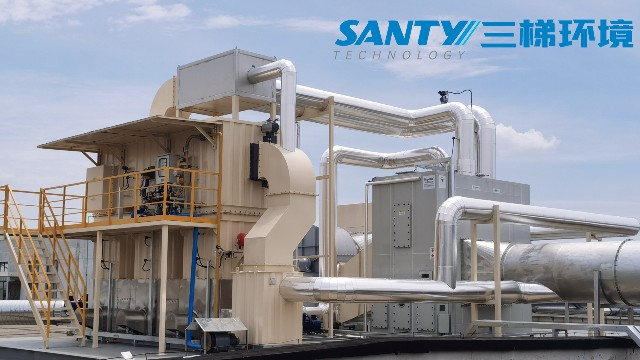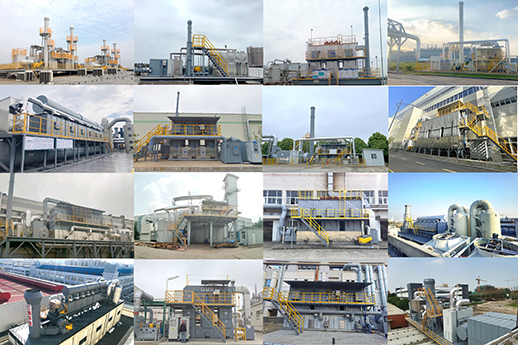Views: 103
Regenerative Thermal Oxidizer (hereinafter referred to as RTO)Technology is an important solution in the field of industrial waste gas treatment. It treats harmful components in organic waste gas through high-temperature oxidation and harmless methods. RTO is an efficient organic waste gas (VOCs) treatment equipment that decomposes organic waste gas through thermal oxidation and recovers waste heat in the process to achieve the purpose of purifying the waste gas. The RTO system alternately stores and releases thermal energy by using specially designed thermal storage ceramic fillers to maintain the efficient progress of the high-temperature oxidation process. This process not only significantly improves heat utilization efficiency and reduces operating costs, but also achieves a good balance between environmental protection and economic benefits.
The working principle of RTO is mainly based on the synergy of the exhaust gas switching valve and multiple regenerators. At the beginning of the process, the organic waste gas first enters a regenerator, and the high temperature comes from the heat recovery of the previous cycle. Then, the exhaust gas is rapidly heated to above 750 °C, and the organic pollutants therein are rapidly oxidized to carbon dioxide and water vapor at such high temperatures. After treatment, the high-temperature gas flows into another regenerator, releasing heat to heat the ceramic filler, providing the necessary thermal energy for the subsequent pretreatment of the exhaust gas. At the same time, the previous preheated regenerator is switched to the cooling state by switching the valve to start a new cycle.

The main advantages of RTO include efficient thermal energy utilization rate (≥ 95%), reliable operation, and the ability to handle large air volume and low concentration exhaust gas. Compared with traditional high-temperature direct incineration and catalytic combustion processes, RTO has higher thermal efficiency and better environmental adaptability. RTO is suitable for organic waste gas with high concentration, organic waste gas from the painting and pharmaceutical industries with large processing capacity, and industrial electrical appliances, chemicals, plastics, shoemaking, printing, iron printing, can making, and power cable production industries containing organic components such as triphenyl, phenol, aldehyde, ketone, ether, ester. Organic waste gas.In the application of RTO regenerative incinerators, not only the improvement of thermal efficiency needs to be considered, but also the stability and reliability of operation must be ensured.

In the process of designing and manufacturing such equipment, exhaust gas treatment equipment manufacturers adopt advanced VOCs exhaust gas treatment technology to improve VOCs purification efficiency and enable them to effectively cope with more complex exhaust gas treatment needs.